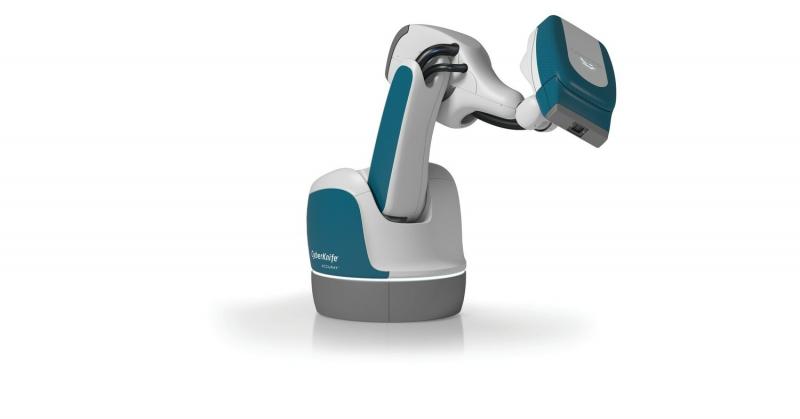The field of medical technology has witnessed remarkable progress over the years, and one of the most exciting developments is the CyberKnife system. This cutting-edge technology has revolutionized the way we treat various medical conditions, particularly cancer. In this blog post, we will explore the CyberKnife market, its growth prospects, and the key factors driving its expansion.
Understanding the CyberKnife System:
The CyberKnife system is a non-invasive, robotic radiosurgery system designed for the precise treatment of tumors and lesions. It employs advanced image guidance and robotic technology to deliver high doses of radiation with pinpoint accuracy, minimizing damage to surrounding healthy tissue. This technology has become increasingly popular in the field of oncology and has applications in other medical disciplines as well.
Market Growth Drivers:
- Rising Incidence of Cancer: The increasing prevalence of cancer worldwide is a significant driver for the CyberKnife market. As cancer cases continue to rise, the demand for precise and effective treatment options like CyberKnife is expected to grow.
- Minimal Invasive Procedures: Patients and healthcare professionals alike are increasingly seeking minimally invasive treatment options. The CyberKnife system meets this demand by providing a non-surgical alternative for cancer treatment, reducing recovery times and side effects.
- Technological Advancements: Continuous advancements in technology have enhanced the capabilities of CyberKnife systems. Improved software, imaging techniques, and robotic precision contribute to its growing popularity.
- Rising Healthcare Investments: Governments and private healthcare organizations are investing heavily in advanced medical technologies. This financial support is driving the adoption of CyberKnife systems in hospitals and clinics around the world.
- Expanding Applications: While initially developed for the treatment of cancer, the CyberKnife system has found applications in treating other conditions, such as neurological disorders and vascular abnormalities. This diversification of its applications is widening its market scope.
Market Challenges:
- High Initial Costs: One of the primary challenges in the CyberKnife market is the high cost of acquiring and maintaining the technology. This can be a barrier to adoption for smaller healthcare facilities.
- Regulatory Hurdles: The regulatory approval process for medical devices can be lengthy and rigorous. Manufacturers must navigate these hurdles before their products can enter the market.
- Competition: The medical technology sector is highly competitive, with several companies vying for market share. This competition can impact pricing and innovation.
Conclusion:
The CyberKnife market is poised for significant growth in the coming years due to its effectiveness in treating various medical conditions, especially cancer. As technology continues to advance, and as healthcare systems invest in state-of-the-art equipment, the reach and impact of CyberKnife systems are likely to expand. However, addressing challenges related to cost and regulations will be crucial for sustained growth in this dynamic and promising market.
Read More….
U.S. Contraceptives Drugs And Devices Market
